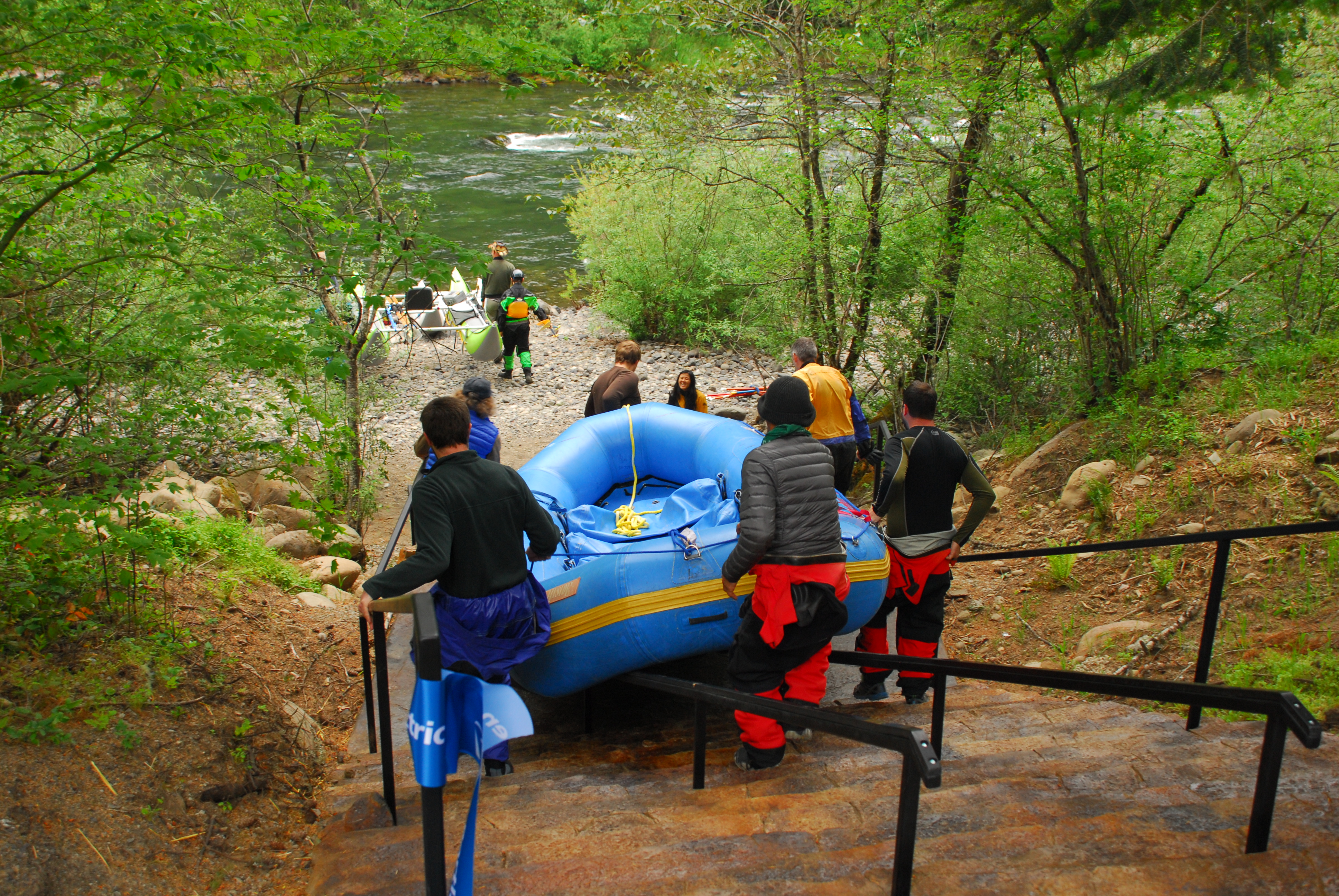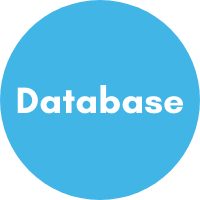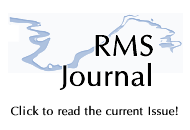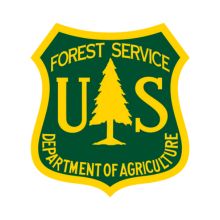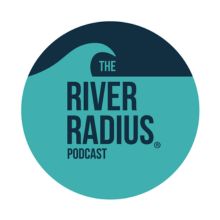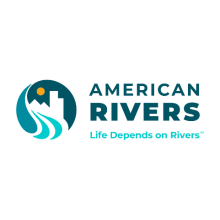- Home
- About
- Training & Events
- Resources
- For Members
What makes a boating access work (or not)?New report highlights 269 good, bad and unusual examplesConfluence Research and Consulting has released a report highlighting examples of 269 boat launches from a wide range of locations, geographic settings, amounts and kinds of use, and types of facilities. “The Good, the Bad and the Unusual: What Makes a Boating Access Work (or Not)?” is the first of its kind and the first iteration of a national river access database. “The project objective was to review, organize and document a database of example launches serving different recreation opportunities, types of craft and environmental settings,” explains Confluence Researcher and Planner Doug Whittaker. “The ‘Good, Bad and Unusual’ database will help stakeholders and planners review relevant examples of launch sites and encourage innovative new designs and facility improvements. Analysis made possible by this data may also help planners working with complex planning processes such as the licensing of federally regulated facilities and comprehensive river management plans.” This report offers a welcome complement to the 2018 e-book “Prepare to Launch!” by the River Management Society (RMS) and National Park Service (NPS). It is also an excellent partner resource to the 2020 “River Access Planning Guide” published by NPS, RMS and American Whitewater. “We hope that along with our previous river access guides, this data will provide solutions to common parking and staging issues, ultimately creating a better experience for all boaters,” notes Susan Rosebrough, Hydropower Assistance Team Lead, NPS Conservation and Outdoor Recreation Programs. “While there is no single ‘best’ design for a boat launch, this report explains how to successfully match facilities and management to the unique demands presented by various locations and types of usage.”
The Good, Bad, and Unusual database is a spreadsheet listing access sites and characteristics, with each site identifiable by a unique number. Examples of these characteristics are:
An accompanying photo gallery includes 80 photos from representative examples of different types of launches, features, or issues with extended captions summarizing key findings from the report. The database, report and photo gallery were developed by Confluence Research and Consulting in partnership with a team the National Park Service, River Management Society, and American Whitewater. The report is housed on the RMS website here, along with Prepare to Launch! and the River Access Planning Guide.
|

